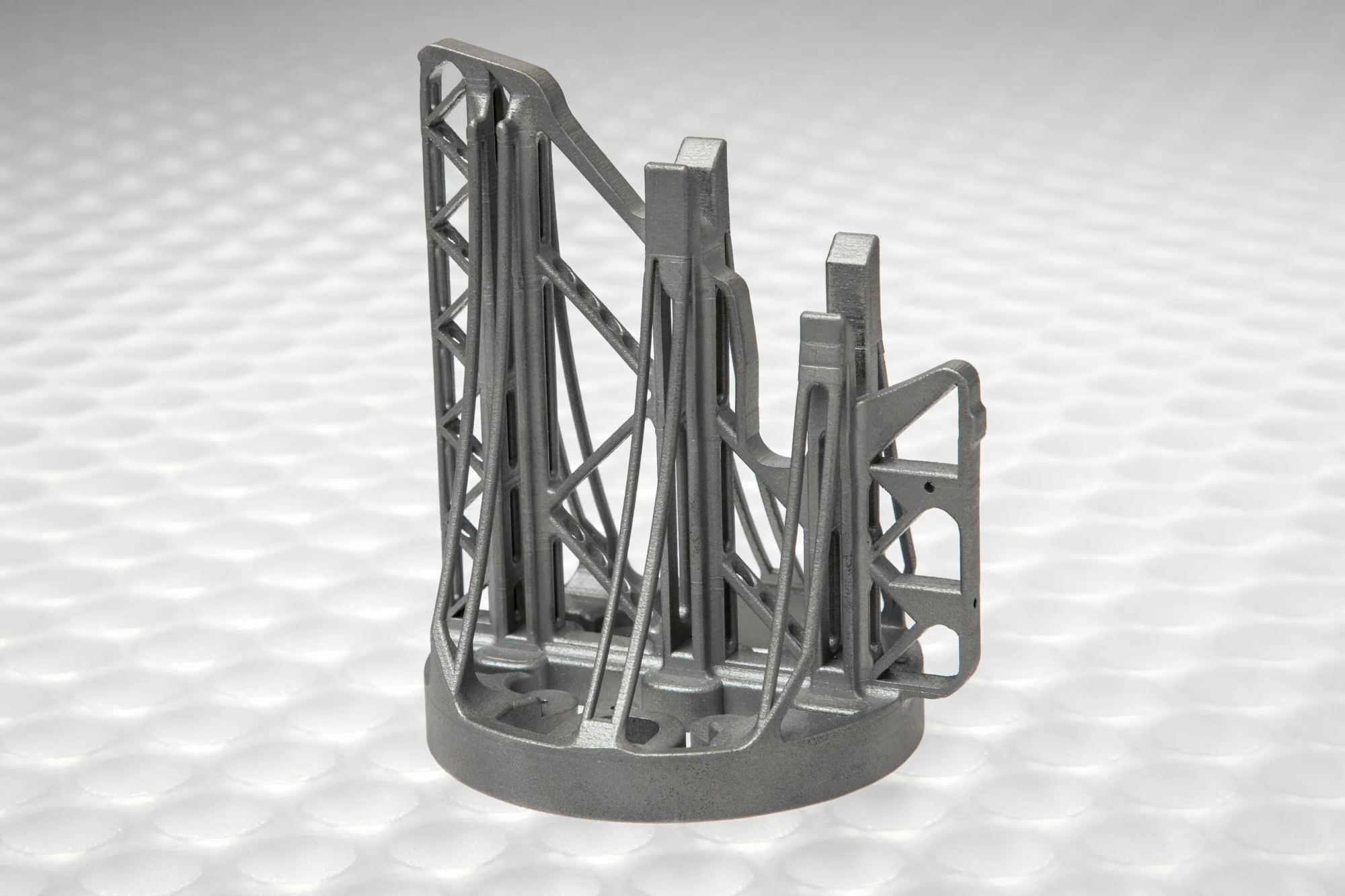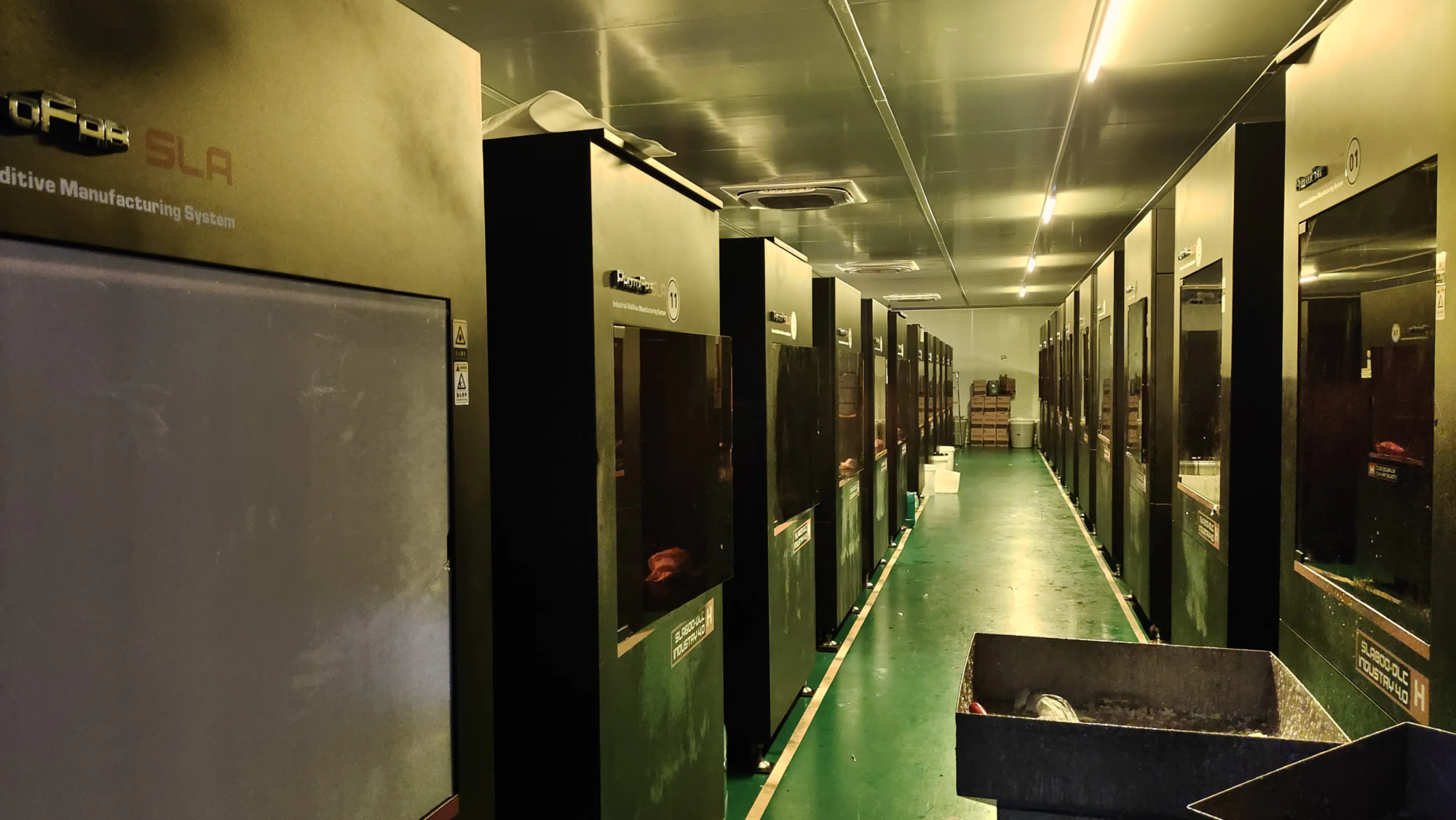On March 19, 2025, according to the latest information from the Resource Library, recently revealed that the data from the Additive Manufacturing Research Company (AMR) showed that the Additive Manufacturing Electronic Market could reach $ 7.9 billion by 2033. However, the industrialization of additive manufacturing (AM) remains hampered by technological and economic challenges.
Multiphysical simulation technology can model and optimize complex interactions between mechanical, thermal and electromagnetic phenomena and is considered a key tool to overcome these obstacles. By combining additive manufacturing and multiphysical simulation, the electronics should obtain large -scale, reliable and profitable production.
Multiphysical simulation application
Multiphysical simulation optimizes all aspects of the electronic design and manufacturing of components by integrated mechanical, thermal and electromagnetic analysis:
Mechanical simulation: Ensure the structural integrity of conductive materials, semiconductors and insulating and improve the robustness of the micro-team. The 3D print shell is optimized by simulation to meet the requirements of light sustainability, sustainability and precision.
– Thermal simulation: Identify hot spots and optimize heat dissipation to prevent deformation caused by temperature fluctuations, thus improving the reliability of components. This is particularly important to prolong the lifespan of key components such as medical sensors and high precision devices.
Electromagnetic simulation: optimize electromagnetic compatibility (EMC) and high frequency performance to reduce unnecessary interference. This is crucial for the development of antennas and active devices, guaranteeing high performance while miniaturizing design.
Optimization of material management
The selection of materials is an important challenge in the electronic manufacturing of additives. Driver inks and polymers must be both conductive, thermally stable and compatibility with a variety of substrates. Thanks to thermal simulation, engineers can test and select high performance material formulations before production, reduce physical tests and development time and reduce costs.
In addition, the optimization of printing parameters such as deposit speed and temperature can improve the quality of printing while controlling the consumption of materials. In the context of the scarcity of high resources and costs, this optimization helps improve the sustainability of industrial processes.
Improve the precision and reliability of processes
The manufacture of electronic additives still has limits in terms of precision, in particular for multilayer printed circuits and micro-assemblies. Multiphysical simulation predicts and corrects the mechanical and thermal deformations generated during printing, thus improving the repeatability of components.
By modeling the constraints during the materials cooling process, engineers can compensate for dimensional changes during the design phase, reduce rebellious rates and improve product quality. This improvement in precision is crucial to comply with high standards in aerospace, medical and general public electronics.
Reduce costs and shorten development cycles
Multiphysical simulation supports the design of the virtual prototype, replacing certain physical iterations with a digital simulation, thus reducing the need for prototypes. This approach reduces costs and also reduces development time, allowing businesses to react more quickly to market changes and launch innovative products in a competitive period. The R&D team can practically check performance and adjust solutions during the design phase, thus optimizing design time to the market version.
Specific case
3D Printing Corporation, a company focused on 3D printing of electronic components, successfully reducing production costs by 20% and the 15% scrap metal using simulation to optimize material combinations and printing processes. These improvements in efficiency combined with waste reduction provides an important reference to industries continuing conservation and sustainability.
Explore new applications and integrations in the future
Multiphysical simulation optimizes not only existing processes, but also offers possibilities to explore new electronic applications. For example, the feasibility test of innovative conceptions in extreme environments has motivated the development of 5G and 6G antennas.
According to the AMR report, millimeter wave antennas printed in 3D are produced in less than ten dollars in a few hours, with performances comparable to traditional models, but with a substantial cost reduction. This low -cost and high -efficiency production method could revolutionize the coverage of communication in rural areas.
In addition, electronic 3D printing has also shown potential in the fields of medical devices, smart sensors and consumer electronics to meet market demand for personalization and miniaturization.
By integrating multiphysical simulation into CAD software, engineers can check the additive manufacturing specifications during the design phase, facilitate their application in existing production lines and ensure the return on investment of manufacturers.





